The United Nations (UN) has just adopted its first treaty to protect the high seas, or international waters. According to the announcement of UN Secretary-General Antonio Guterres on June 19 (US time), this is a historic milestone after more than 15 years of discussion and 5 rounds of negotiations chaired by the UN.
Officially called the Biodiversity Treaty Beyond National Jurisdiction (BBNJ), the treaty reached consensus on its wording by more than 100 countries last March.
Describing it as a "historic achievement", Mr. Guterres said the treaty would form a legal framework to extend environmental protection to international waters, which account for more than 60% of the world's oceans.
"Protecting the oceans, from coastal areas to the remote high seas and deep seabed, is inextricably linked to human health, life and survival," a group of scientists stressed in The Lancet magazine.
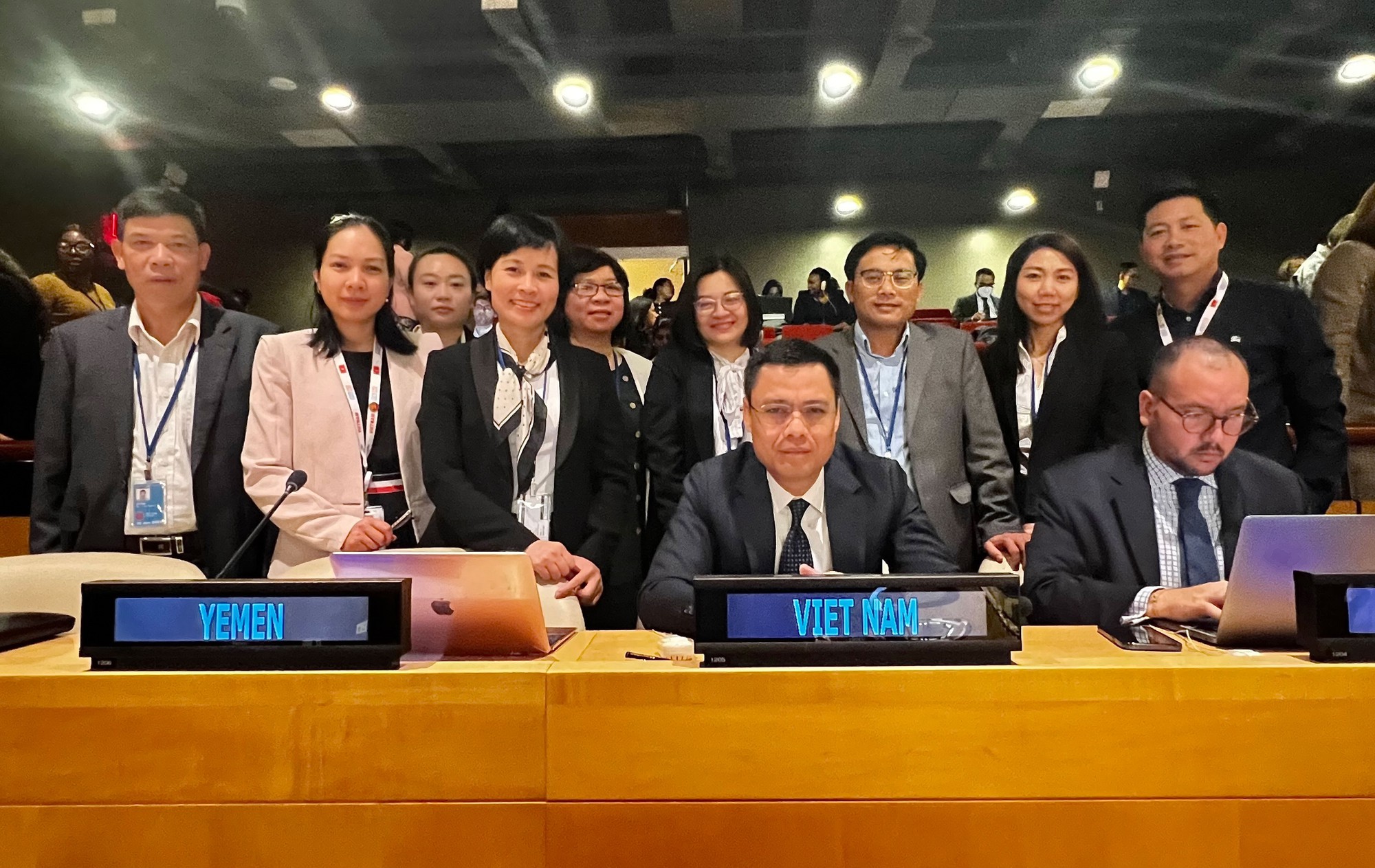
Vietnam's interdisciplinary delegation attended the first conference on the high seas treaty at the United Nations on June 19. Photo: VNA
Scientists are increasingly aware of the importance of the oceans, which produce most of the oxygen we breathe, while also limiting climate change by absorbing CO2 and supporting areas of high biodiversity.
Important as it is, many areas of the ocean lie outside individual countries' exclusive economic zones and are therefore not protected by any nation's laws.
The need for international cooperation is all the more urgent as only 1% of the sea is currently protected by conservation measures. The role of BBNJ is even more important as countries have set a target of protecting 30% of the world's oceans and land by 2030 in another historic treaty signed by 190 governments last December in Montreal, Canada, according to Reuters .
Thanks to BBNJ, ocean sanctuaries can be established in international waters, thereby protecting migratory marine animals such as whales.
After being adopted, within 2 years from September 20, 2023, countries will have time to ratify the BBNJ. According to the UN, the treaty will enter into force if ratified by 60 countries. 60 countries is a completely achievable number but compared to 193 UN members, it is still modest - NGOs assess.
Singaporean Foreign Minister Vivian Balakrishnan on June 19 affirmed that this is a victory for international law and noted that this high seas treaty is built on the basis of the United Nations Convention on the Law of the Sea (UNCLOS) - which was adopted 40 years ago.
However, for the treaty to become a “collective game changer,” it needs ratification by all countries, according to Mr. Balakrishnan.
In addition, the BBNJ stipulates that countries must complete environmental impact assessment studies for activities they intend to conduct in international waters, according to The Straits Times , from fishing, maritime transport to more controversial purposes such as deep-sea mining, combating global warming...
Reuters reported that the BBNJ also sets out principles for sharing the benefits of “marine genetic resources” (MGR) – collected through scientific research in international waters – a contentious issue that nearly derailed last-minute talks in March.
Lacking the funds to pursue such explorations, developing countries are fighting for their share of the benefits, hoping not to be left behind in what is predicted to be a huge future market for commercialized MGR, with the potential for huge profits, especially in the pharmaceutical and cosmetic sectors that are looking for “miracle molecules” to develop products.
Source






























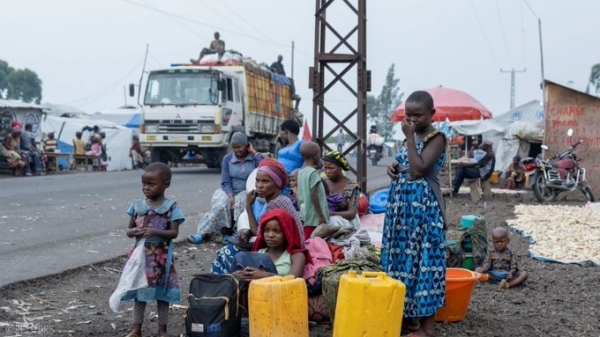

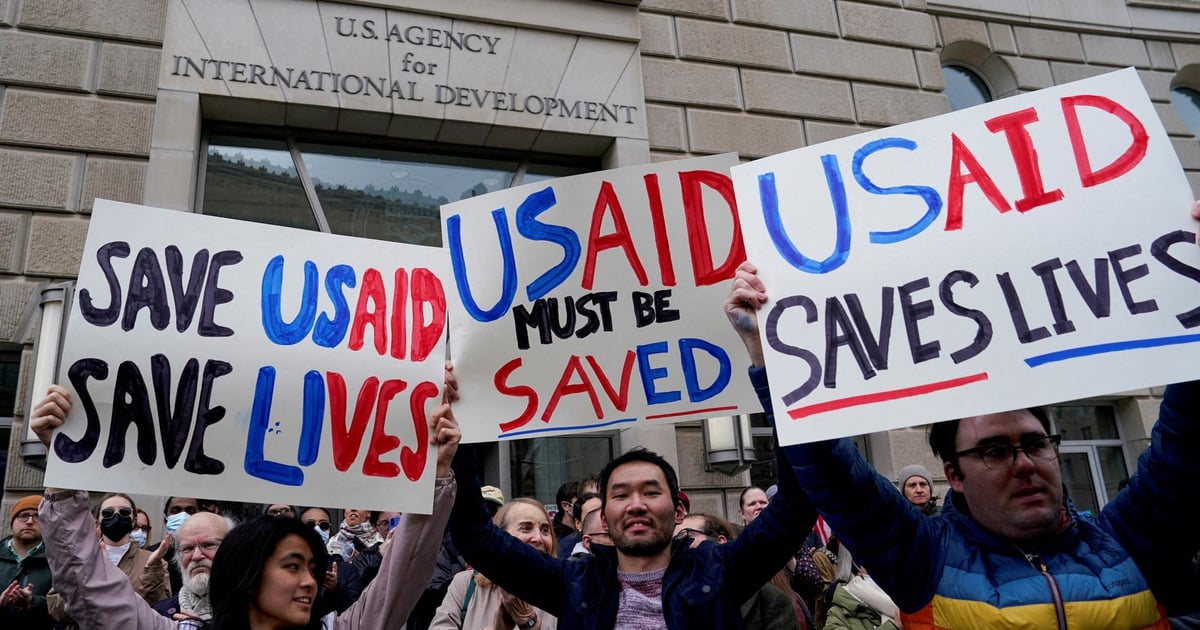

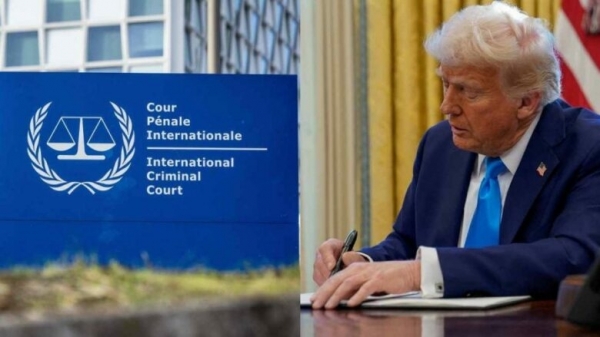
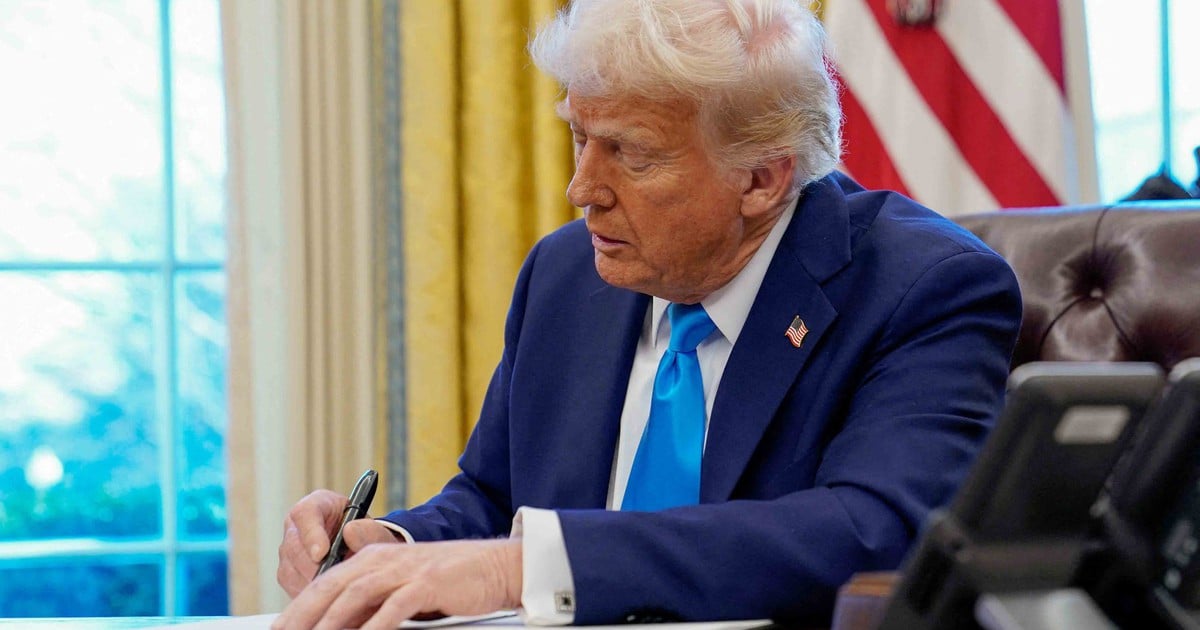










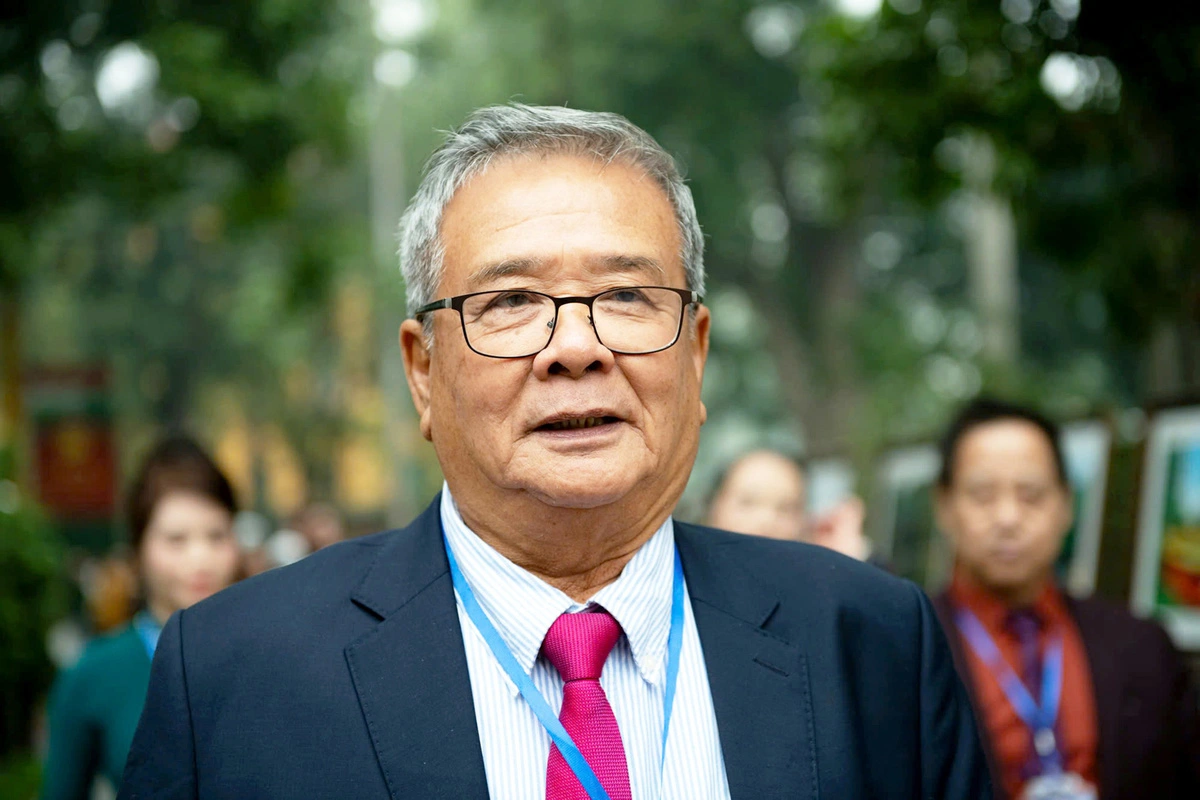











Comment (0)